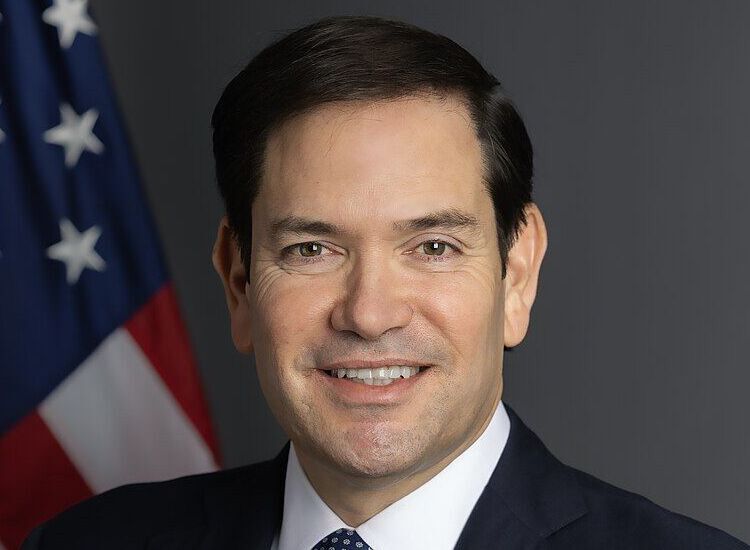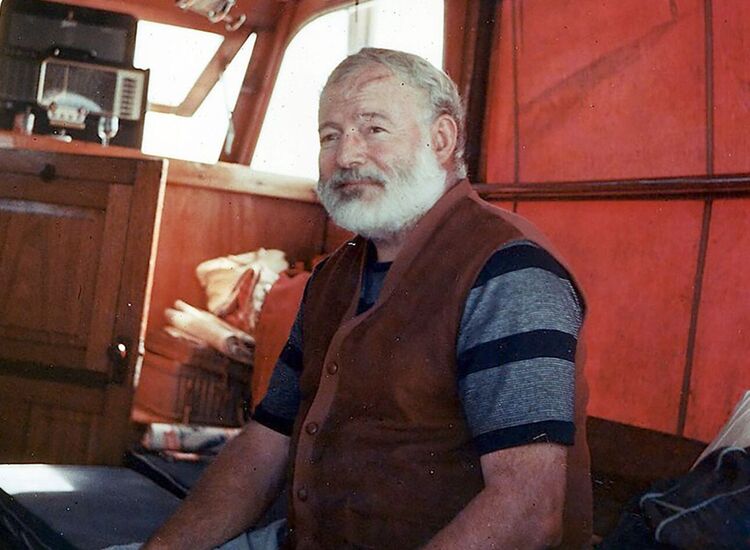By Michael Gray
New York City’s most populous borough has been making its mark in the world of cinema since the earliest days of the art form. When Hollywood was just another dusty hillside on the outskirts of Los Angeles, Brooklyn was a thriving center of film production turning out silent comedies, dramas and westerns to feed the voracious appetite for this exciting new medium at nickelodeons across the United States.
An English cartoonist, Stuart Blackton, and a magician, Albert E. Smith, bought a projector and a few reels of film from inventor Thomas Edison in 1897 to add variety to their New York-based vaudeville act. The resourceful Smith converted the projector into a camera, and soon the pair were making their own films. Starting with newsreels of current events, they quickly expanded their range to include crime dramas, cowboy films, and comedies. The movie pioneers established their own production facility, American Vitagraph, in Midwood, Brooklyn, a studio that would soon rival that of their mentor Edison across the Hudson, in Menlo Park, New Jersey. Their cavalier disregard for copyright on the modified filmmaking equipment that Edison had patented also kept their respective lawyers busy on both sides of the river. By 1907, Blackton’s and Edison’s attorneys had fought each other to a standstill, at which point they thrashed out an agreement to have the more popular titles from the Vitagraph studios distributed by Edison’s company.
Vitagraph enjoyed great success with one of the earliest matinee idols of the silver screen, Maurice Costello, a Pittsburgh native and the son of immigrant Irish parents. Costello had the distinction of playing the very first celluloid Sherlock Holmes, and was the great-grandfather of current filmmaker and top box-office draw Drew Barrymore. Like so many actors of his generation, he struggled to make the transition to talkies. Vitagraph likewise faltered as the silent era came to a close, losing the market dominance it had achieved in the years leading up to World War I. Warner Brothers bought out Vitagraph in 1925, by which time the center of gravity of the industry had moved westwards, and Hollywood had trumped New York as the nation’s movie capital.
Film production might have dwindled in New York, but Brooklyn continued to make an impact on the nation through films and TV shows set there. Elia Kazan’s 1947 drama “A Tree Grows in Brooklyn,” based on the novel of the same name by Williamsburg-born Betty Smith, portrayed the fortunes of a poor Irish-American family in the crowded tenements of the borough. The film resonated with the sons and daughters of recent immigrants in its depiction of the Nolan family’s struggle out of poverty in pursuit of the American Dream. James Dunn, an Irish-American actor and native New Yorker, gave an Oscar-winning performance opposite Dorothy McGuire as the Nolan patriarch Johnny, a feckless father with a weakness for alcohol.
Lighter Brooklyn fare kept the nation laughing at the small screen, as Bushwick native Jackie Gleason launched “The Honeymooners” sitcom in 1951. The son of immigrants from Faranree, County Cork, Gleason charmed America as irascible New York bus driver Ralph Kramden. Living in a drab Brooklyn tenement but given to flights of fancy and get-rich-quick schemes, Kramden was quickly put in his place by his sarcastic wife Alice (Audrey Meadows). Gleason went on to a diverse career as a bandleader, comedian, and variety show host. He also made the rare transition, for a comic actor, to more serious roles, playing pool shark Minnesota Fats, opposite Paul Newman, in “The Hustler,” and as a boxing manager in Rod Serling’s “Requiem For A Heavyweight,” with Anthony Quinn and Mickey Rooney. Rooney, another Brooklyn native, had the red hair and exuberant screen persona to fit the Hollywood-Irish stereotype, but the veteran actor, whose career spans an astonishing nine decades — all the way back to the silent era — was born Joseph Yule Jr., and is of Scottish stock.
The Irish daughters of Brooklyn have also made their mark in Hollywood. Who could forget the films of Ruby Stevens and Mary Jane West? If the names don’t ring any bells, it’s
because we know them better as Barbara Stanwyck and Mae West, two of Hollywood’s indomitable femmes fatales in an era when strong female roles were even more scarce than they are now. Born in Brooklyn in 1907, Barbara Stanwyck survived the early death of her Irish-American mother and abandonment by her father to carve out a Hollywood career that earned her four Oscar nominations. The star of King Vidor’s “Stella Dallas” and Billy Wilder’s “Double Indemnity” would go on to enjoy a successful second career on the small screen. She is remembered nowadays for her performances as the matriarch of a frontier family in “The Big Valley,” and the iron-willed grandmother in the mini-series “The Thorn Birds.”
Mae West was born in Bushwick, Brooklyn, in 1893, the daughter of a local Irish-American prizefighter, Battlin’ Jack West. Onstage since childhood, she scandalized her paternal Irish grandparents with a series of vamp roles in New York theaters, and ran afoul of the authorities in 1927 when her Broadway show titled, unambiguously, “Sex,” led to her arrest on charges of corrupting public morals. The charges earned her jail time on Roosevelt Island and gave her show the kind of publicity that money can’t buy. She went on to write further successful and provocative plays with wonderfully lurid titles, including “The Constant Sinner,” “Pleasure Man,” and “The Wicked Age.” Hollywood beckoned, and at the relatively advanced age of 38, she landed a contract with Paramount. She made her screen debut in 1932 in “Night After Night,” a George Raft vehicle, with a small part she rewrote herself to capitalize on her reputation as the queen of the double entendre. Raft commented ruefully on his scenes with her afterwards, that “She stole everything but the cameras.” West went on to lead roles in “She Done Him Wrong” and “I’m No Angel,” films which launched the career of her co-star Cary Grant. She continued to make films for four more decades, playing the vaudeville vamp into her eighties with a Brooklyn accent you could cut with a knife.
The declining fortunes of New York City in the 1970s made Brooklyn a popular destination for filmmakers seeking gritty urban locations. William Friedkin’s 1971 crime thriller “The French Connection” used the streets of Bushwick and Bay Ridge for chase scenes and stake-outs by the NYPD narcotics detective characters Popeye Doyle (Gene Hackman) and Buddy Russo (Roy Scheider) in their pursuit of French heroin smugglers. Bay Ridge pops up again in “Saturday Night Fever” as the home turf of John Travolta’s character, Tony Manero. Flatbush and Prospect Park appear in Sidney Lumet’s bank-heist-gone-wrong dramedy “Dog Day Afternoon,” a film based on a real life bank robbery that took place in 1972 at East Third Street and Avenue P in Gravesend, Brooklyn. John Huston’s black comedy about rival assassins falling in love, “Prizzi’s Honor,” made use of more upscale Brooklyn Heights locations in a film with ample Irish representation, as Italian mobster movies go. Longtime Galway resident Huston, working from a Richard Condon script, directed daughter Anjelica in an Academy Award-winning performance, and the dessicated don of the Prizzi family is played by William Hickey. More recently, the Bruce Willis vehicle “Cop Out” and the hipster romantic comedy “Nick and Norah’s Infinite Playlist” were shot in Greenpoint and Williamsburg.
As cinema advances in its second century, New York’s most diverse borough continues to inspire young filmmakers like Marine Park native Michael Morrissey, and fans of Irish-American cinema can look forward to seeing Brooklyn and its talented natives on the big screen for many years to come.









